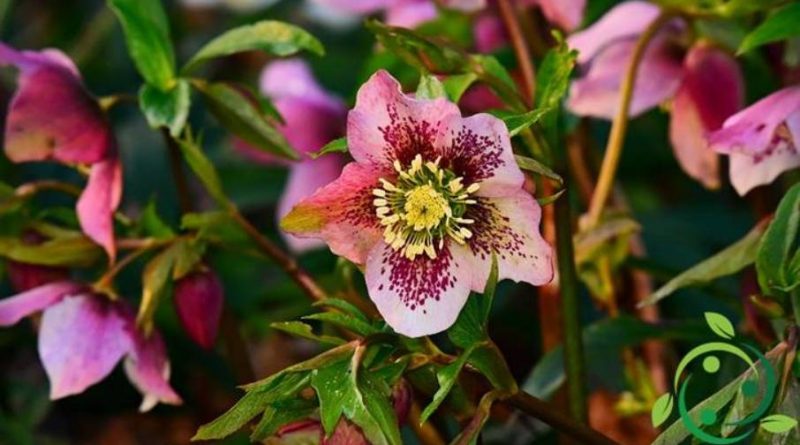How to cultivate Helleborus
How to cultivate Helleborus
Helleborus is a genus of plants (Helleborus L., 1753) of the Ranunculaceae family, originating in Europe, the Caucasus and Asia Minor.
Helleborus is recognized for having flowers that are formed by 5 differently colored sepals that often take on a petaloid appearance. These surround and protect nectars that derive from the transformation of the true petals. Tepals remain persistent after pollination and some studies suggest that persistent perigonium may contribute to seed development.
In this card we will see how to cultivate Helleborus, considering that it is a very poisonous plant, both for ingestion and for external use, very difficult to dose, so it is strongly advised against the use and personal applications and care in handling it. For this reason we must pay close attention to all parts of the plant as they are rich in alkaloids that are very toxic to humans and animals.
In any case the cultivation of Helleborus does not present particular difficulties; you must have, beforehand, choosing an area that is not too sunny. If we are in the presence of a more shaded area, we must take into account that the Helleborus foetidus species is the one that best suits this type of condition.
The land where to cultivate it must be fertile, due to its good amount of organic, well-drained substance. Fertilization should always be done at the beginning of the vegetative season, at the beginning of spring, using well humified organic fertilizers.
The period of planting of these plants must be between September and October at a distance of 30-40 cm between one plant and another. In the burial of the seedlings it is necessary to have the foresight not to bury the top of the root systems at more than 2-3 cm of depth.
These plants, if left undisturbed, with the right conditions, described above, can be reproduced spontaneously. In general, the hellebores do not tolerate transplants.
For the reproduction of Helleborus you can proceed by sowing or by dividing the clumps.
Sowing is not complicated, but requires care and above all more time. The first results will not be seen before three years.
If you want to have plants that are in vegetative conditions but above all to bloom more quickly it is better to proceed with the division of the tufts.
As far as irrigation is concerned, March to October should water these shrubs with some regularity, in order to keep the soil always moist. During the autumn and winter seasons, it is convenient to reduce water supplies because the plant will take advantage of the rain water; however, it is always necessary to check the soil and water it if necessary.
Helleborus is a plant characterized by very particular flowers that develop during the winter season. These inflorescences can also be used as cut flowers; remember, however, that their cut, however, must not occur when they have already bloomed but when the bud is still closed; this to prevent the flowers from withering after only a few days.
Let us once again remember that Helleborus are very poisonous plants.
The powder obtained from the roots and rhizomes collected in spring or autumn, and dried quickly have cardiotonic, narcotic, emetic and curative properties of edema, is also a drastic purgative.
For external use it is used as a revulsive in some skin diseases
The fluid extract of the roots and rhizome of Helleborus viridis has sedative and irritating properties of the intestine with a drastic purgative effect.
However, given the toxicity of all parts of this plant, any personal and improper use is strongly advised, as well as particular care in handling the plant.

